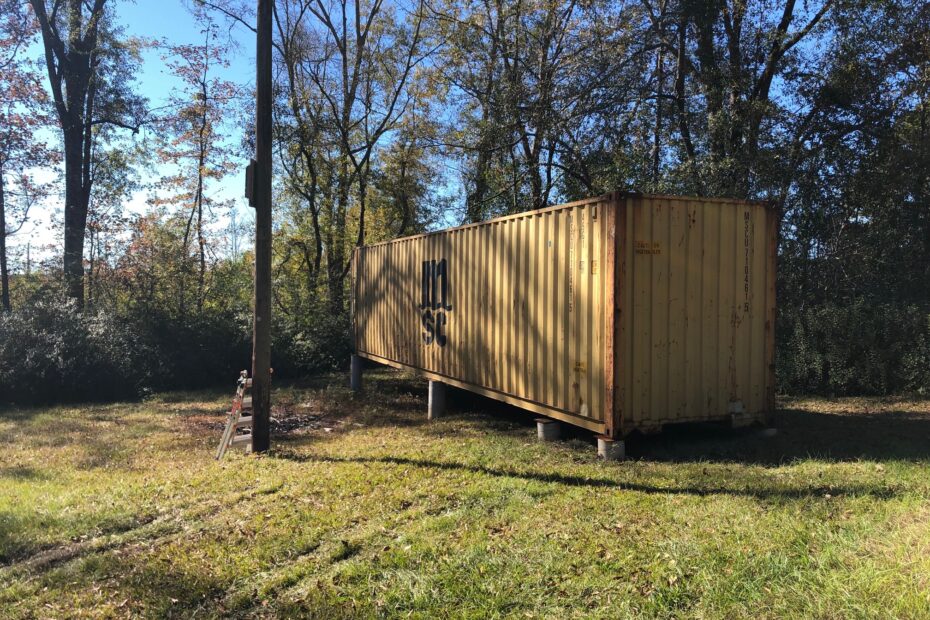
A NOTE ABOUT THE BLOG
When we launched this online project documentating our container conversion, we thought of breaking it down by what was achieved on each of my (Clay’s) trips back to Mississippi from… Read More »A NOTE ABOUT THE BLOG

When we launched this online project documentating our container conversion, we thought of breaking it down by what was achieved on each of my (Clay’s) trips back to Mississippi from… Read More »A NOTE ABOUT THE BLOG
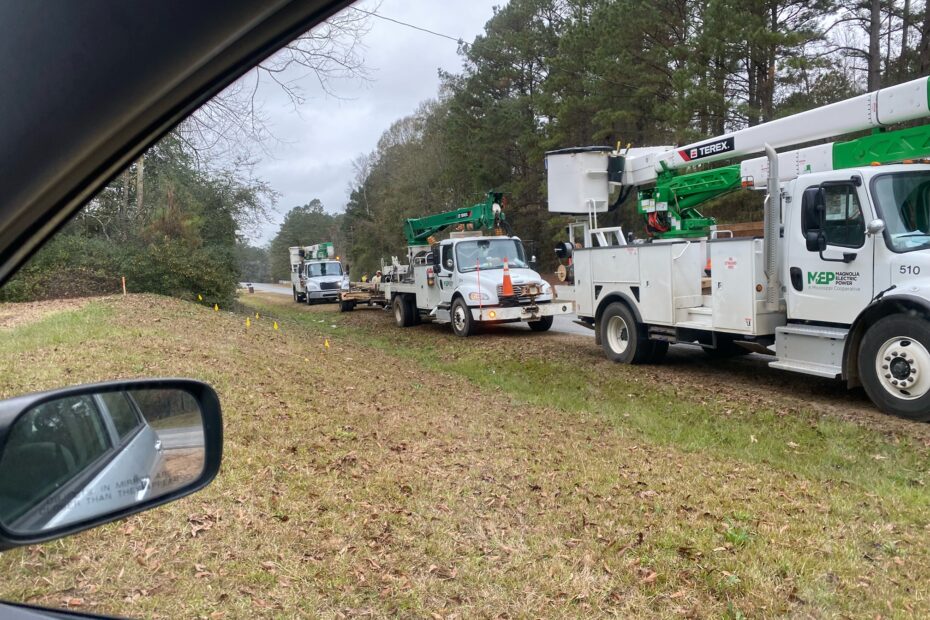
Mr. Adcocks, the crane operator, was able to lift the container and set it onto its concrete piers, even with the power pole in the yard where it had always… Read More »POWER POLE (PART 2)
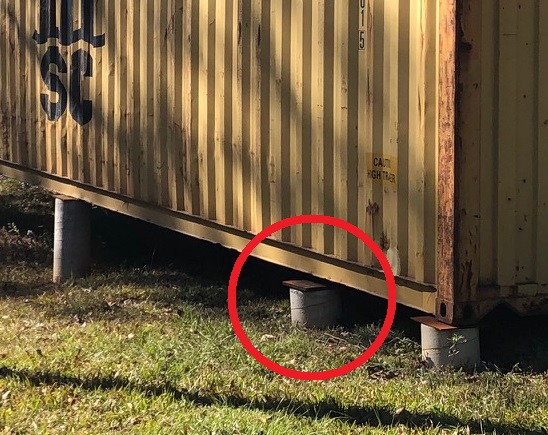
I said in the last post that when the first container was set down on its concrete piers, I was glad to see that “everything was exactly where it needed… Read More »A GOOF
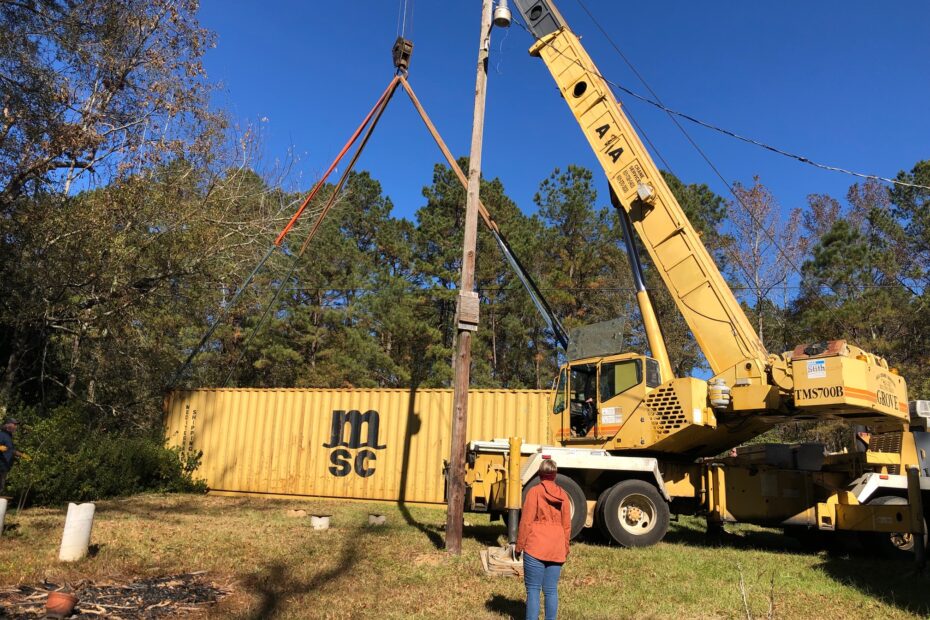
Once the crane was on the property, things moved quickly. Mr. Adcocks, the crane operator, pulled right up into the yard, extended the leg-thingies to stabilize the crane, then hung… Read More »CRANE DAY
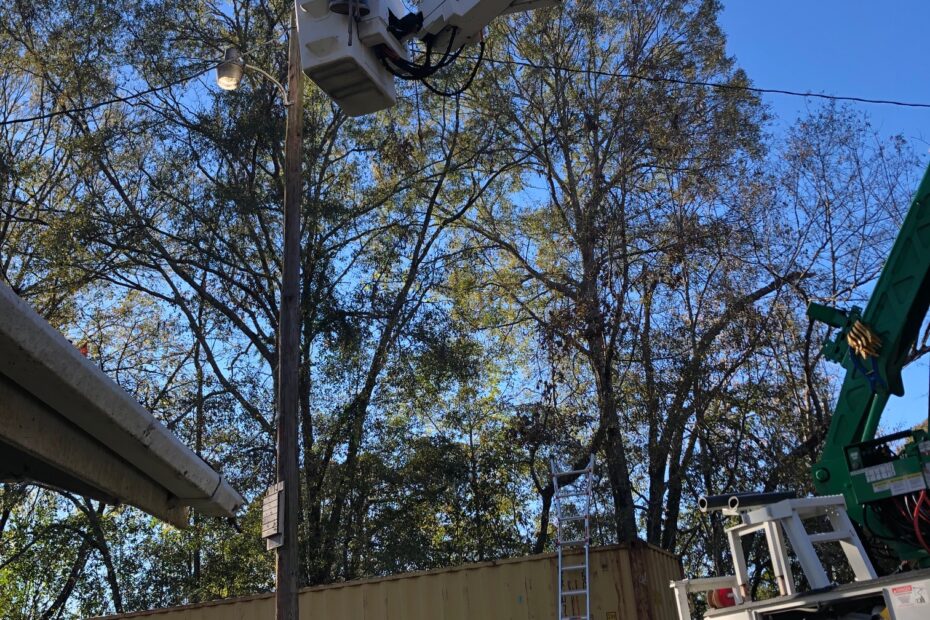
One thing we had to deal with was the power pole in the middle of our yard; it would need to be moved for two reasons. First, if left alone… Read More »THE POWER POLE

With the support piers in place, it was time to buy Container Number One. A funny thing about that… When we first had the idea for a house from shipping… Read More »FINDING THE FIRST CONTAINER

Many of our eager readers have asked, “What’s up with the countdown timer?” As we explained earlier, I have a government job in California and am in Mississippi for only… Read More »WHAT’S UP WITH THE COUNTDOWN TIMER?
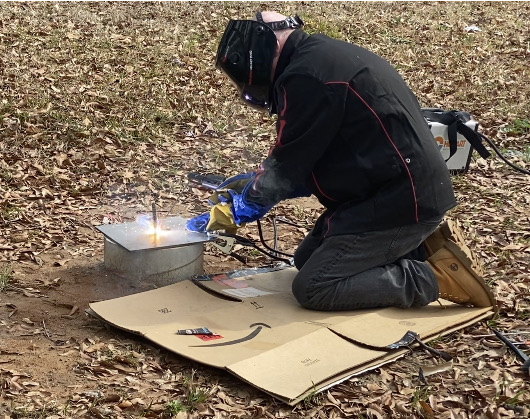
“You can learn anything on YouTube” is my motto. It’s where I’ve found inspiration for many facets of shipping container conversions, including how-to tips. (I’ve also found the people who… Read More »FIRST WELDS
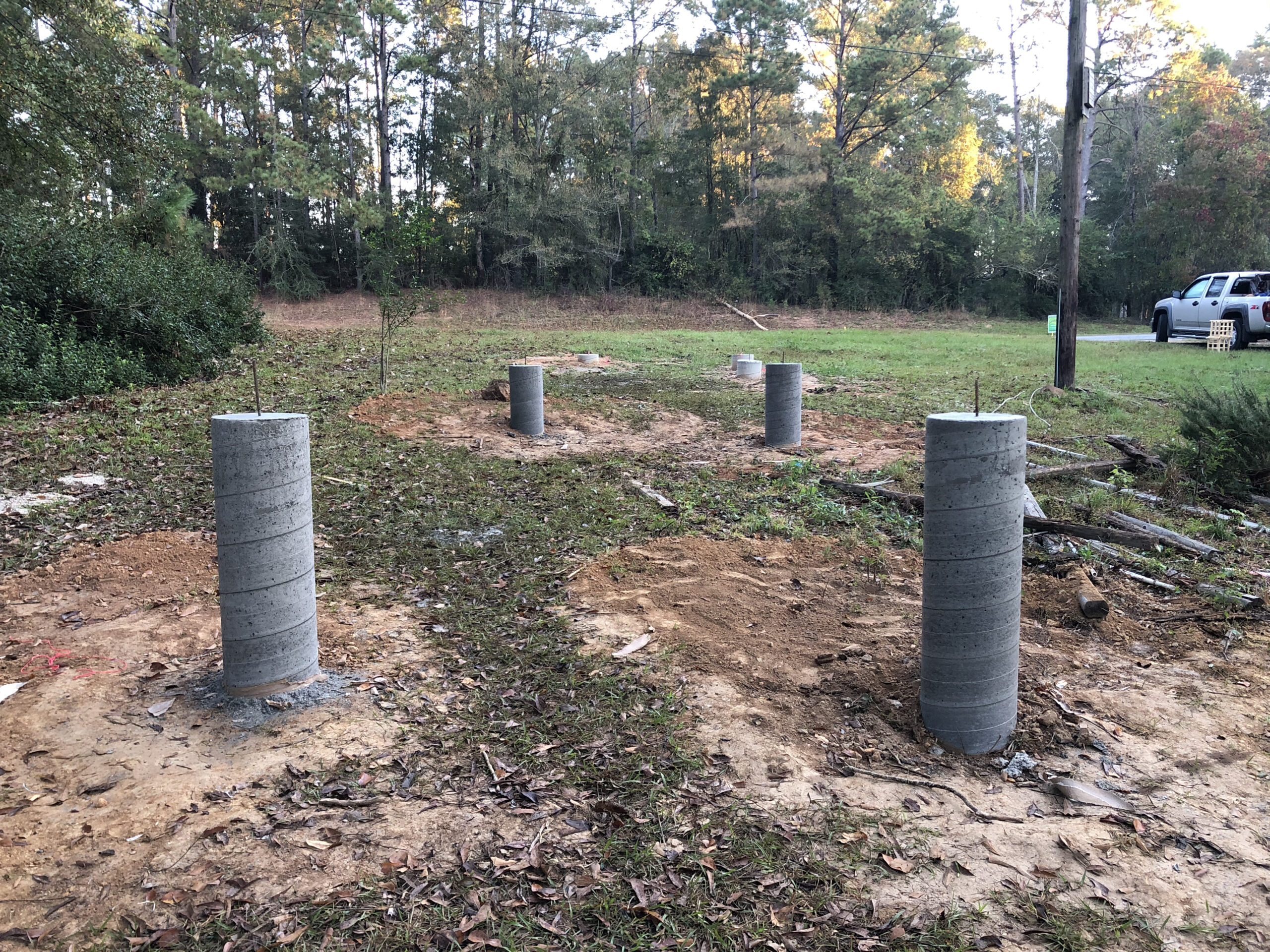
For the one and only time on this project, the height of a concrete pier wouldn’t matter; the very first one (#1 in the diagram) could be as high as… Read More »PIER CONSTRUCTION (PART 3)
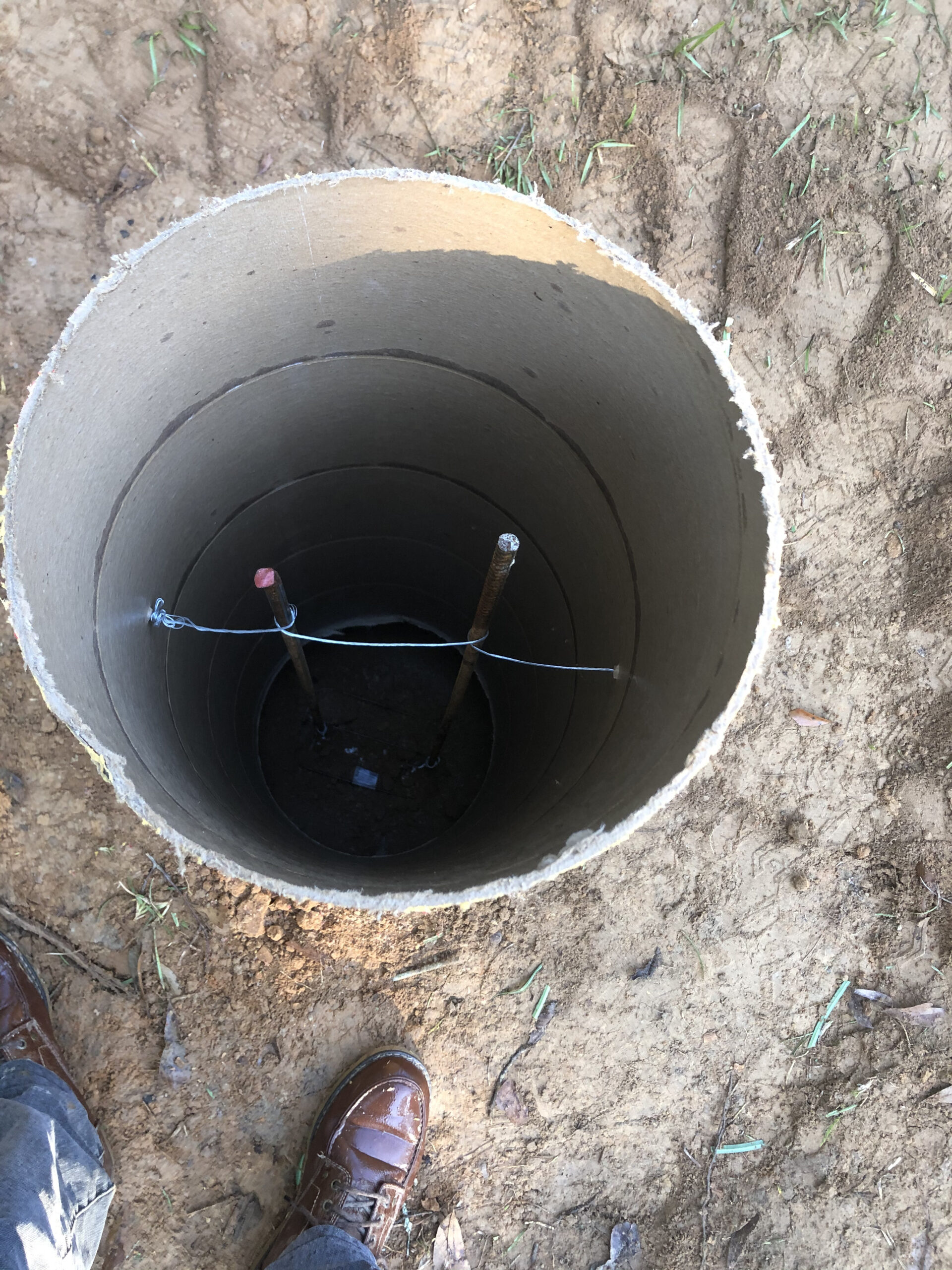
Something I had to decide before pouring concrete was how to connect the containers to the piers. A 40-foot high-cube container weighs a bit under 9,000 pounds empty—lots more with… Read More »PIER CONSTRUCTION (PART 2)